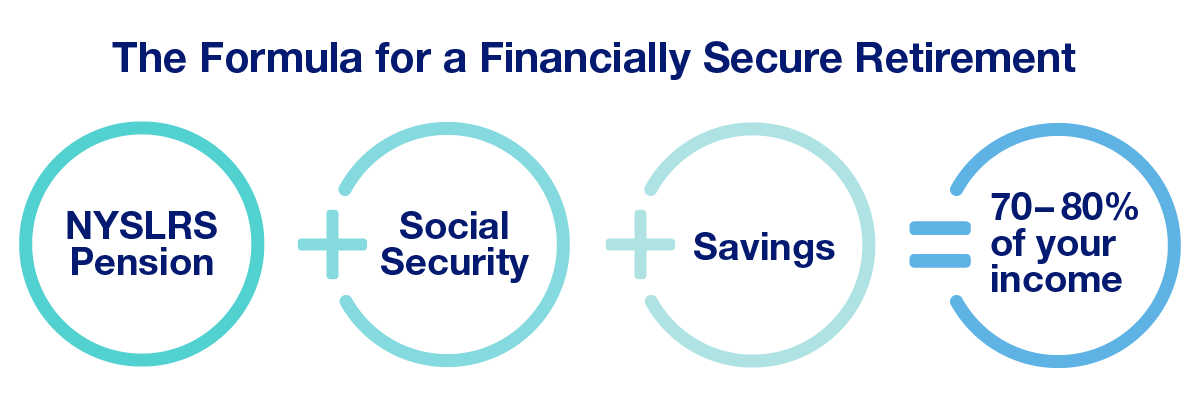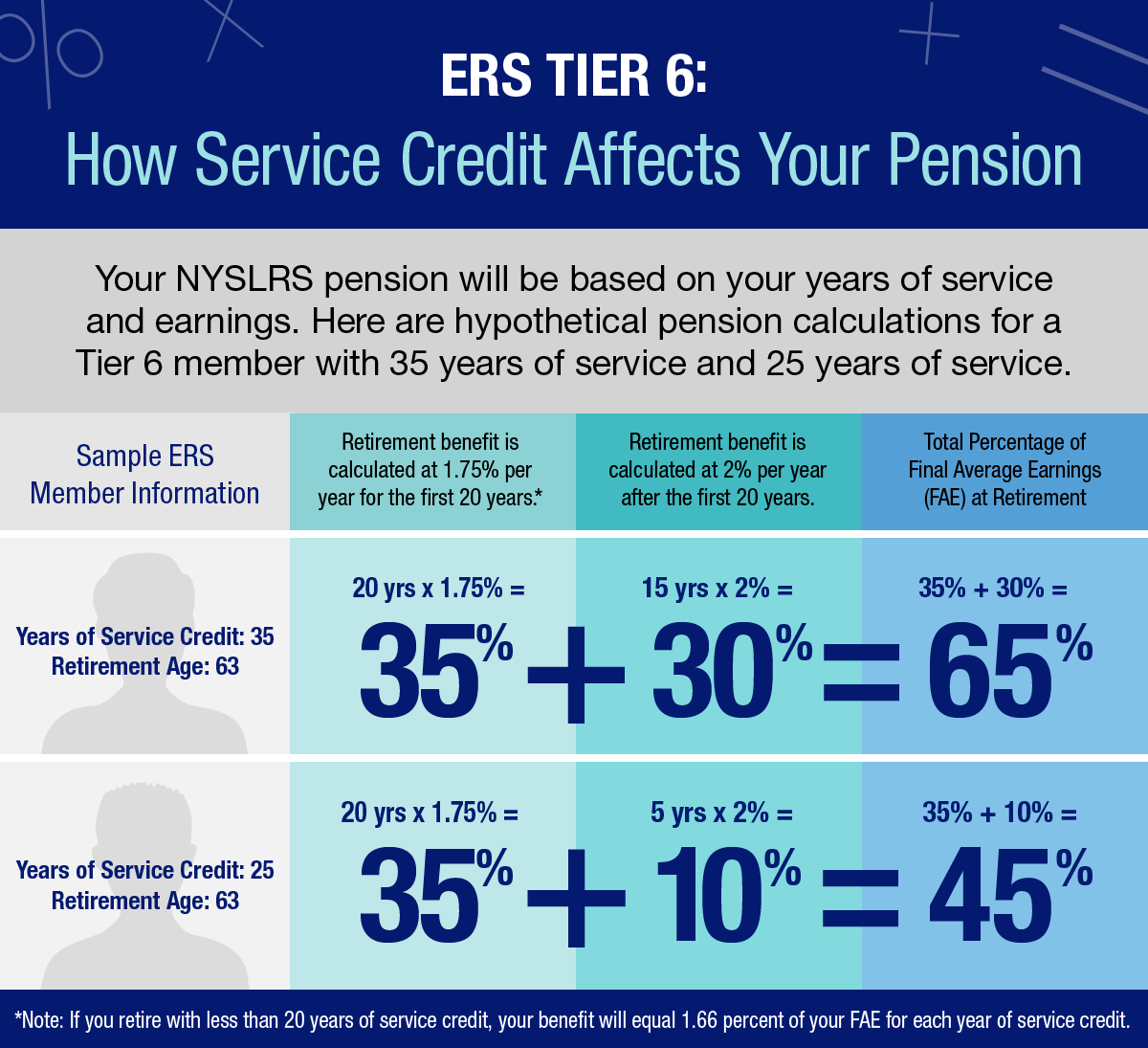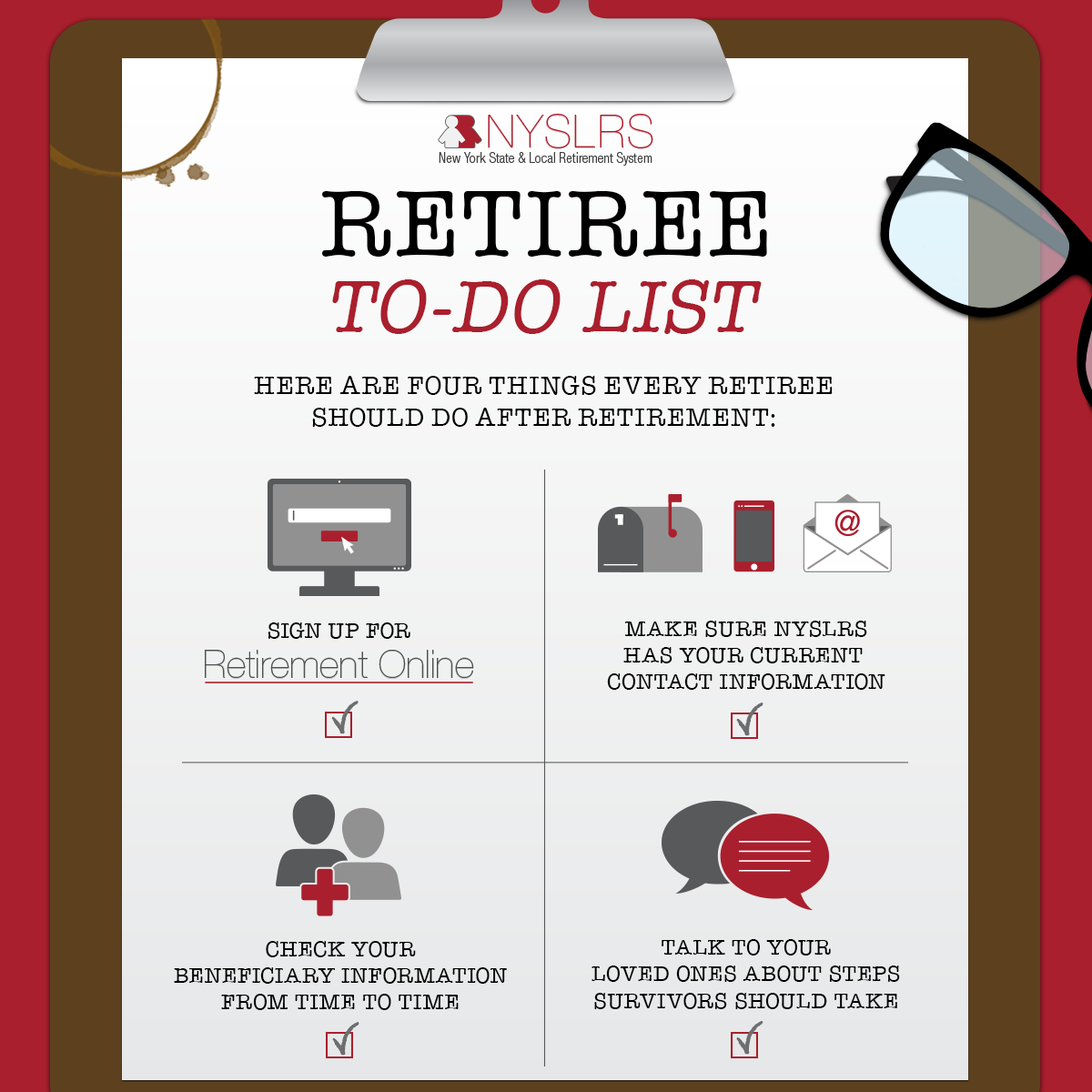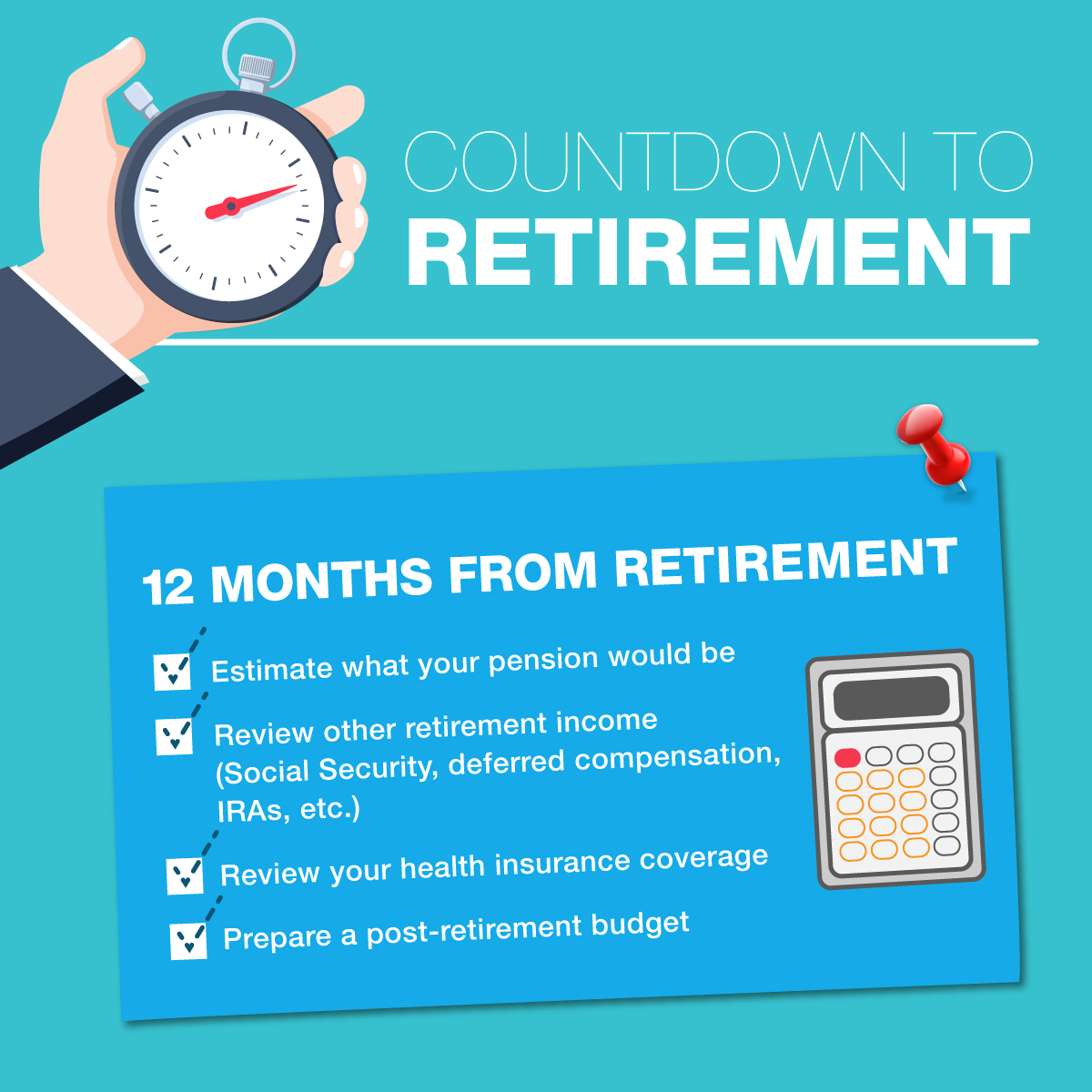As a NYSLRS retiree, you can work and still receive your pension, but you should be aware there may be a limit on how much you can earn each year without affecting your NYSLRS pension.

Working While Receiving a Service Retirement Benefit
An earnings limit of $35,000 generally applies to NYSLRS retirees who:
- Are under age 65;
- Receive a service retirement benefit (see disability benefit rules below); and
- Return to work for a public employer (including contract or consultant work, if you joined NYSLRS on or after May 31, 1973).
2024 Update Regarding the Earnings Limit
The earnings limit for retirees employed by school districts and Boards of Cooperative Educational Services (BOCES) is suspended through June 30, 2025 (April 2024 legislation extended the date from 2024 to 2025). The earnings limit suspension for school employees does not apply to retirees who work for a college, university or charter school.
For most other retirees under the age of 65, the $35,000 limit is in effect and applies to the entire calendar year in 2024.
There is no earnings limit if you are self-employed or if you work for:
- The federal government;
- A state or local government in another state; or
- A private employer.
Also, beginning in the calendar year you turn 65, the earnings limit no longer applies.
Note: Special rules apply to elected officials.
Working While Receiving a Disability Retirement Benefit
Almost all earnings for retirees who are working while receiving a disability retirement benefit are limited whether they work for a public or private employer. The limit is specific to each retiree. To find out your earnings limit, please contact us.
How the Limit Applies
The limit applies to all earnings for the calendar year, including money earned in the calendar year, but paid in a different calendar year (for example earned in December but paid in January).
The limit does not apply to:
- Payments received after you retire from your employer, such as for vacation or sick time you earned when you were still working; and/or
- A retroactive payment for a new union contract, if the earnings are for employment before you retired.
Reporting Your Earnings
It is your responsibility to notify NYSLRS if you earn more than the limit. If you know you are going to exceed the limit, contact us at least a month before you do.
You can message us using the secure contact form, or you can fax a letter to 518-402-2498. Be sure to include the name of your employer, the approximate date you expect to exceed the limit and a daytime phone number in case we have questions.
If You Exceed the Earnings Limit
If you earn more than the limit, you must:
- Pay back NYSLRS for the pension payments you received after the date you reached the limit. If you continue to work, your pension will be suspended for the remainder of the calendar year and resume the following January.
OR - Rejoin NYSLRS, in which case your pension will be suspended until you retire again at some future date. (You’d need to reapply.)
Earnings Limit Waiver
Under Section 211 of the Retirement and Social Security Law, the earnings limit can be waived if your prospective employer gets approval before hiring you. Approval is not automatic; it is based on the employer’s needs and your qualifications. In most cases, the New York State Department of Civil Service would be the approving agency. A Section 211 waiver covers a fixed period, normally up to two years.
For More Information
Before you decide to return to work, please read our publication What If I Work After Retirement? It includes information such as how earnings limits are calculated for retirees receiving a disability retirement benefit, consequences to consider before returning to NYSLRS membership and more. If you have questions, please contact us.








